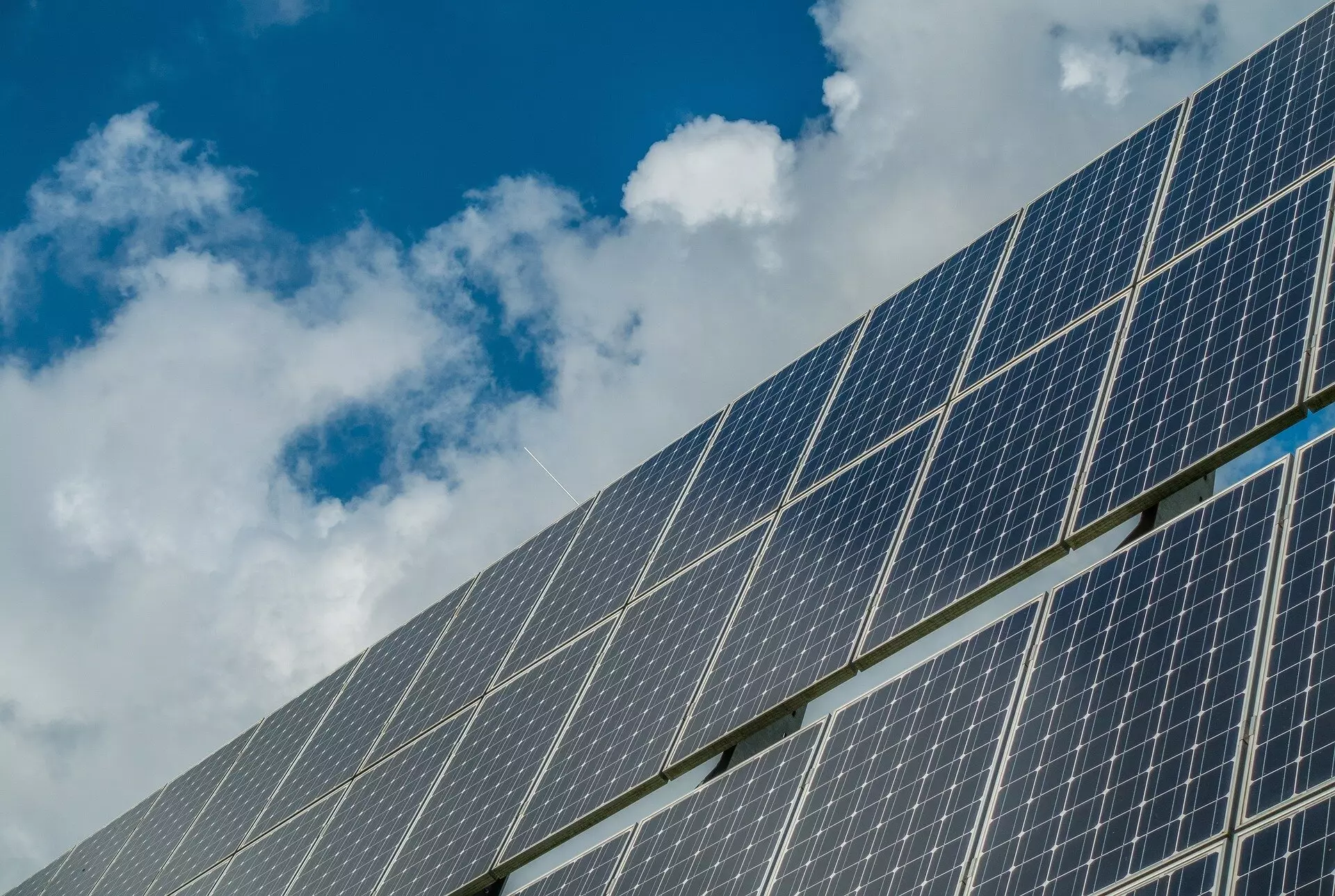Lower-income communities have historically lagged behind their wealthier counterparts in the adoption of solar power, despite the availability of tax incentives and other financial benefits. However, a recent study conducted by researchers at Stanford University, published in Nature Energy, sheds light on a promising solution to this issue. The study highlights the untapped potential of commercial and industrial rooftops in reducing the “solar equity gap” that exists in disadvantaged communities.
The Study Findings
The research revealed that non-residential rooftops in disadvantaged communities generate 38% less electricity compared to wealthier areas, primarily due to lower deployment rates in poorer neighborhoods. Nevertheless, this gap is much smaller than that of residential solar installations in the same communities. The study suggests that commercial and industrial properties possess significant unused capacity to generate solar power, which can benefit both the property owners and the surrounding communities.
Commercial enterprises in low-income areas may be more receptive to government incentives for solar power than residential households. The study predicts that solar arrays on non-residential buildings could potentially meet more than one-fifth of annual residential electricity demand in nearly two-thirds of disadvantaged communities. Moreover, the cost of producing solar electricity from non-residential rooftops could be lower than the residential rates charged by local utilities in many regions.
Overcoming Barriers
To assess the distribution of non-residential solar installations, researchers utilized satellite imagery and artificial intelligence to identify suitable rooftop spaces for solar panels across the United States. The team tracked solar deployment trends from 2006 to 2016 and projected the potential for 2022. The study also calculated the average annual cost of solar electricity production in various regions based on factors like sun exposure. These costs were found to be competitive with or lower than residential electricity rates in several areas.
Community Impact
By allowing surplus electricity from commercial and industrial solar arrays to contribute to local power grids, lower-income residents could benefit from community subscriptions instead of installing individual rooftop panels. This approach can significantly reduce barriers to entry and increase access to clean energy in disadvantaged communities. Government initiatives like the Inflation Reduction Act of 2022, which allocates funding for clean-energy infrastructure, have further accelerated the adoption of solar power in these areas.
The potential of solar power in lower-income communities is considerable, with commercial and industrial rooftops playing a crucial role in bridging the solar equity gap. By leveraging untapped resources, responding to government incentives, and embracing innovative solutions, these communities can reap the environmental, economic, and social benefits of solar energy. As we strive to address climate change and promote sustainability, expanding access to solar power in underserved areas is a critical step towards a more equitable and renewable energy future.


Leave a Reply